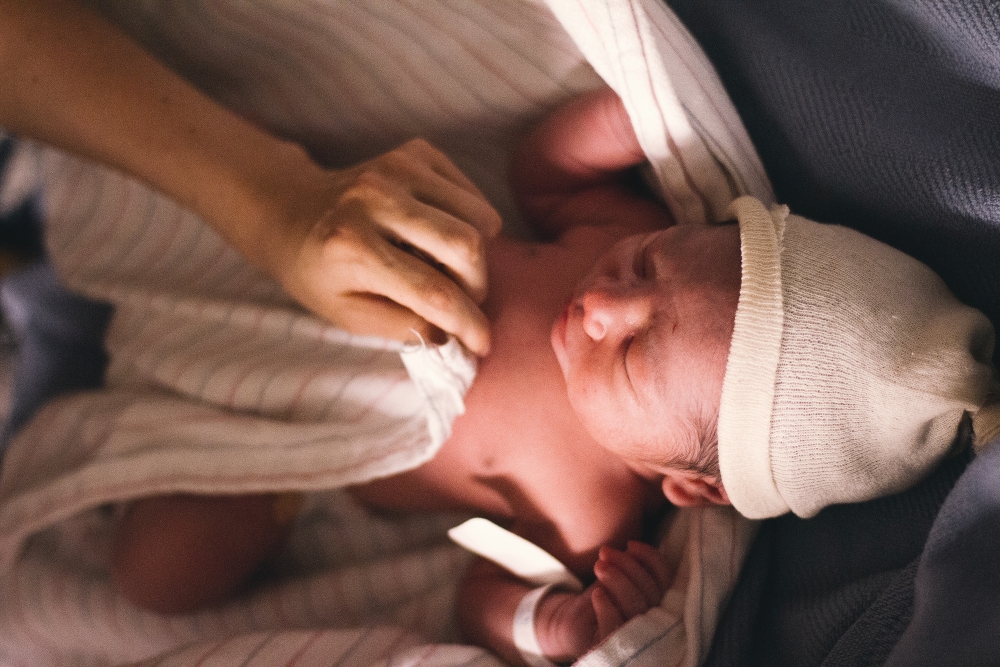Newly released data on live births in the United Kingdom point to rapidly changing demographic trends in the country, with nearly 3 in 10 births in the U.K. to women who were not born in the U.K.
The data from the Office for National Statistics (ONS) shows that last year 179,726, or 28.8 percent of births were to foreign-born women. Meanwhile, 445,055 babies last year were to U.K.-born women.
The most common country of origin for non-U.K.-born mothers was Romania, while for non-U.K.-born fathers, Pakistan remained top of the list.
Albanians made it into the top-10 list of mothers for the first time last year with more than 3,000 babies, despite official figures putting the Albanian population in the U.K. at less than 50,000.
Campaign group, Migration Watch UK, said on Wednesday that this was “clear evidence that the [immigration] system is being exploited,” in the U.K., and follows news broken earlier this week that revealed that 4 in 10 of illegal immigrants crossing the English Channel from the European mainland currently are from Albania.
The data is in line with trends already seen in previous years, with babies born to foreign women accounting for nearly a third of births for years now. However, the lion’s share of population growth in the United Kingdom has stemmed primarily from mass migration. Since 2002, the U.K.’s population has grown by 8 million, with 80 percent of that figure related to immigration. The ONS indicates that as of 2020, 14.3 percent of the U.K.’s 66.3 million people were foreigners, with 6 million of them believed to be from non-EU countries.
The massive influx of people to the small island over the least two decades has put serious strain on public services, led to an erosion of green space, fueled higher rents and housing prices, and placed serious strains on the country’s fragile healthcare system.
More babies being born out of wedlock
ONS data also showed there were more babies born out of wedlock in England and Wales in 2021 than to married parents for the first time since records began in 1845.
In total, 624,828 live births were registered in England and Wales last year, according to data provided by the Office for National Statistics. Of these, 320,713 births, or 51.3 percent were to women who were unmarried at the time of delivery, compared to 304,115 produced by women who were married or in a civil partnership.
The total number of births was an increase of 1.8 percent over 2020, the first time the birthrate has increased in England and Wales since 2015.
Dr. James Tucker, head of health analysis at the ONS, said the figures followed a “long-term trend of declining marriage rates and increasing numbers of cohabiting couples seen in recent decades.”
One caveat to acknowledge is the effect of social restrictions during the coronavirus pandemic, which saw the United Kingdom locked down three times, resulting in many marriage ceremonies canceled or postponed.
Advanced maternal age
The data also showed fertility rates among age groups were changing significantly, with the trend revealing women are waiting until they are older before having children. The fertility rate among women and girls under 20 years of age fell by 16 percent, while women aged 35-39 saw an increase in their fertility rate of 5 percent.
Women are now twice as likely to have a child later on in life than as a teenager, the data showed.






